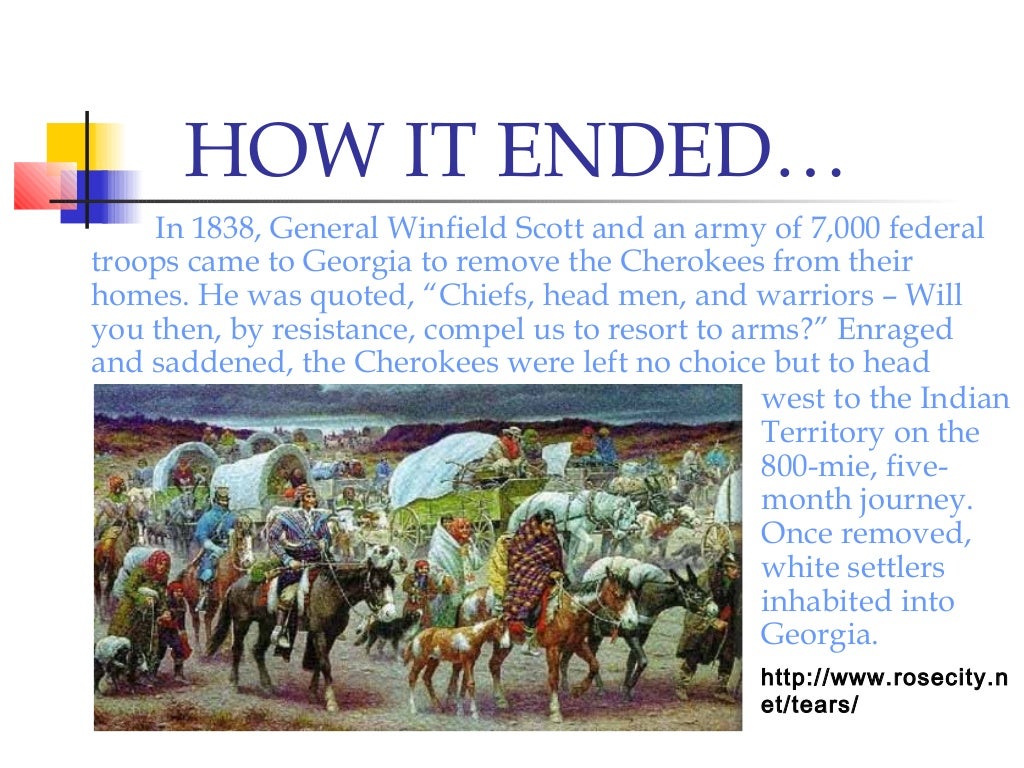
Presentation on the Trail of Tears
Trail of Tears Routes, statistics, and notable events of the Trail of Tears. Trail of Tears, Forced migration in the United States of the Northeast and Southeast Indians during the 1830s. The discovery of gold on Cherokee land in Georgia (1828-29) catalyzed political efforts to divest all Indians east of the Mississippi River of their property.
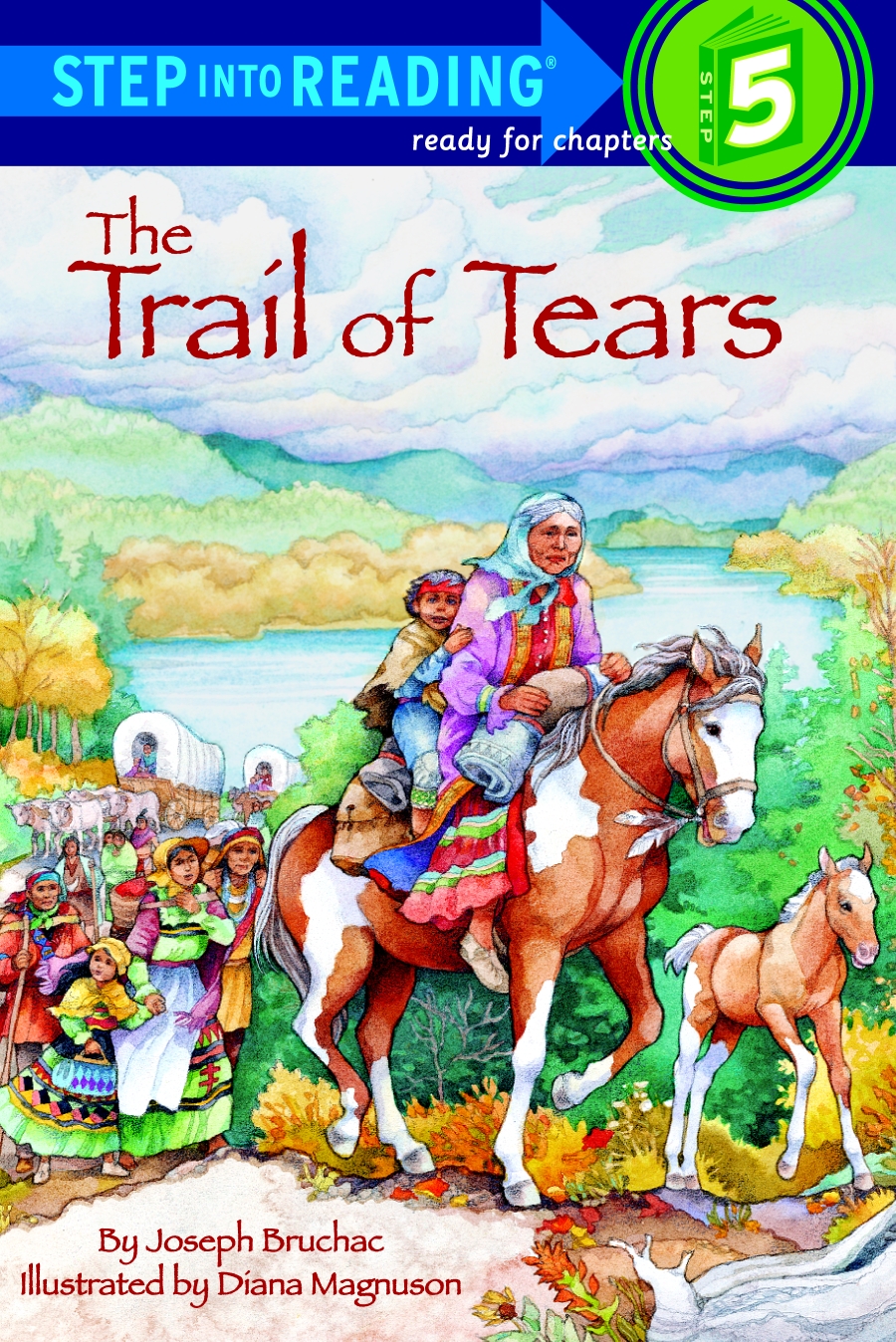
Trail Of Tears by Joseph Bruchac Penguin Books New Zealand
Trail of Tears. At the beginning of the 1830s, nearly 125,000 Native Americans lived on millions of acres of land in Georgia, Tennessee, Alabama, North Carolina and Florida-land their ancestors.

Pin on Homeschool Early American History
During the Trail of Tears between 1830 and 1850, at least 60,000 Native Americans were forced out of their homelands in the southeastern United States. In the 1830s, at the behest of President Andrew Jackson, the U.S. government forced the Cherokee, the Choctaw, and other Indigenous tribes off their ancestral lands with deadly force in what's.
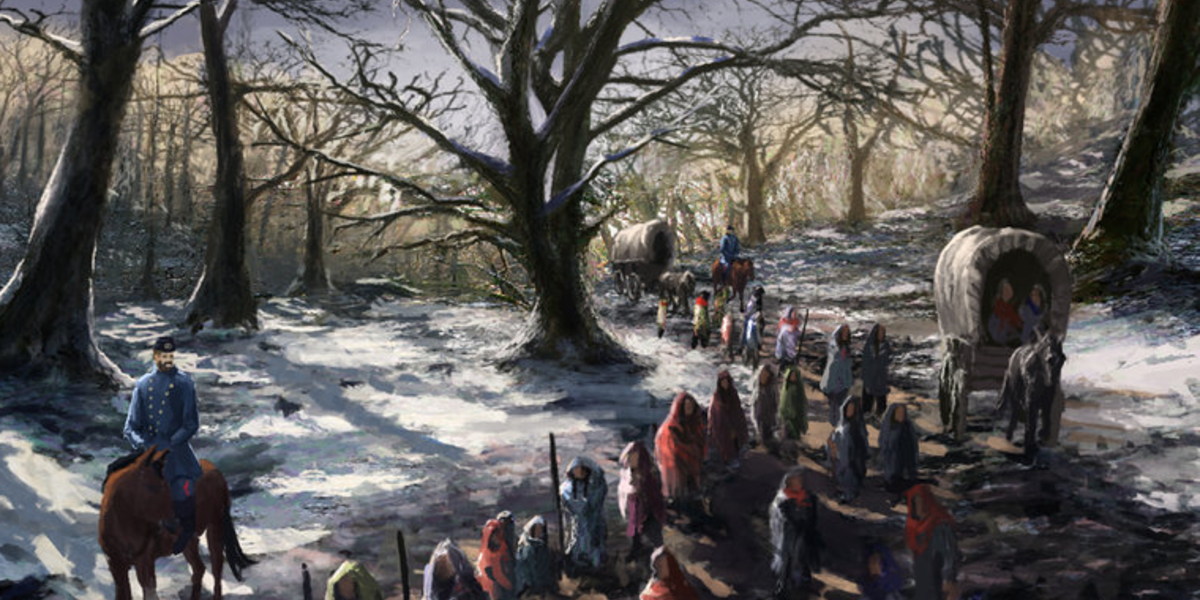
Trail of Tears Facts
Gypsy Rose Blanchard is a free woman following her early release from prison on Dec. 28, 2023. In 2016, Gypsy was sentenced to 10 years in prison after she pleaded guilty to murder for her role in.

NATIONAL TRAIL OF TEARS COMMEMORATION DAY September 16, 2023
The infographic's central visual is a map showing the routes of the Trail of Tears in 1838-39. It was by these routes that some 15,000 Cherokee were to set out for the West. Of that number, it is thought that about 4,000 died, having succumbed to hunger, exhaustion, cold, or disease, whether in removal camps in the East, on the westward.

The Other Trail of Tears Mary Stockwell Westholme Publishing
The Indian Removal Act and the Trail of Tears The Cherokee adjusted to White U.S. culture and won a case at the Supreme Court, but were still forced off their land. Grades 6 - 8 Subjects Geography, Human Geography, Social Studies, U.S. History Loading. Background Info Vocabulary Idea for Use in the Classroom

Brutal Realities of Everyday Life on the Trail of Tears in 2020 Trail
Remember and commemorate the survival of the Cherokee people, forcefully removed from their homelands in Georgia, Alabama, and Tennessee to live in Indian Territory, now Oklahoma. They traveled by foot, horse, wagon, or steamboat in 1838-1839.

Painting 21 Trail of tears, Native american, Painting
Travel At the crossroads of the Trail of Tears, Little Rock reckons with its history Native Americans' forced march in the 1800s ran through the Arkansas capital. The city is now grappling.

👍 Trail of tears for 5th graders. The Trail of Tears Lesson Plan for
The term "Trail of Tears" refers to the difficult journeys that the Five Tribes took during their forced removal from the southeast during the 1830s and 1840s. The Cherokee, Creek, Choctaw, Chickasaw, and Seminole were all marched out of their ancestral lands to Indian Territory, or present Oklahoma. Although the removal of American Indians.

Tears (4306) Susanne´s Ideas
Leadership from the private, nonprofit and public sectors joined forces to rebuild downtown and reconnect the city to its historic riverfront where Chief John Ross of the Cherokee Tribe established a trading post in 1815, which led to Chattanooga's founding.The landing also served as the launching point for the tragic 1838 forced removal of Native Americans known as "Trail of Tears."

Trail of Tears TravelWorld International Magazine
The Trail of Tears was an ethnic cleansing and forced displacement of approximately 60,000 people of the "Five Civilized Tribes" between 1830 and 1850 by the United States government. As part of the Indian removal, members of the Cherokee, Muscogee (Creek), Seminole, Chickasaw, and Choctaw nations were forcibly removed from their ancestral homelands in the Southeastern United States to newly.
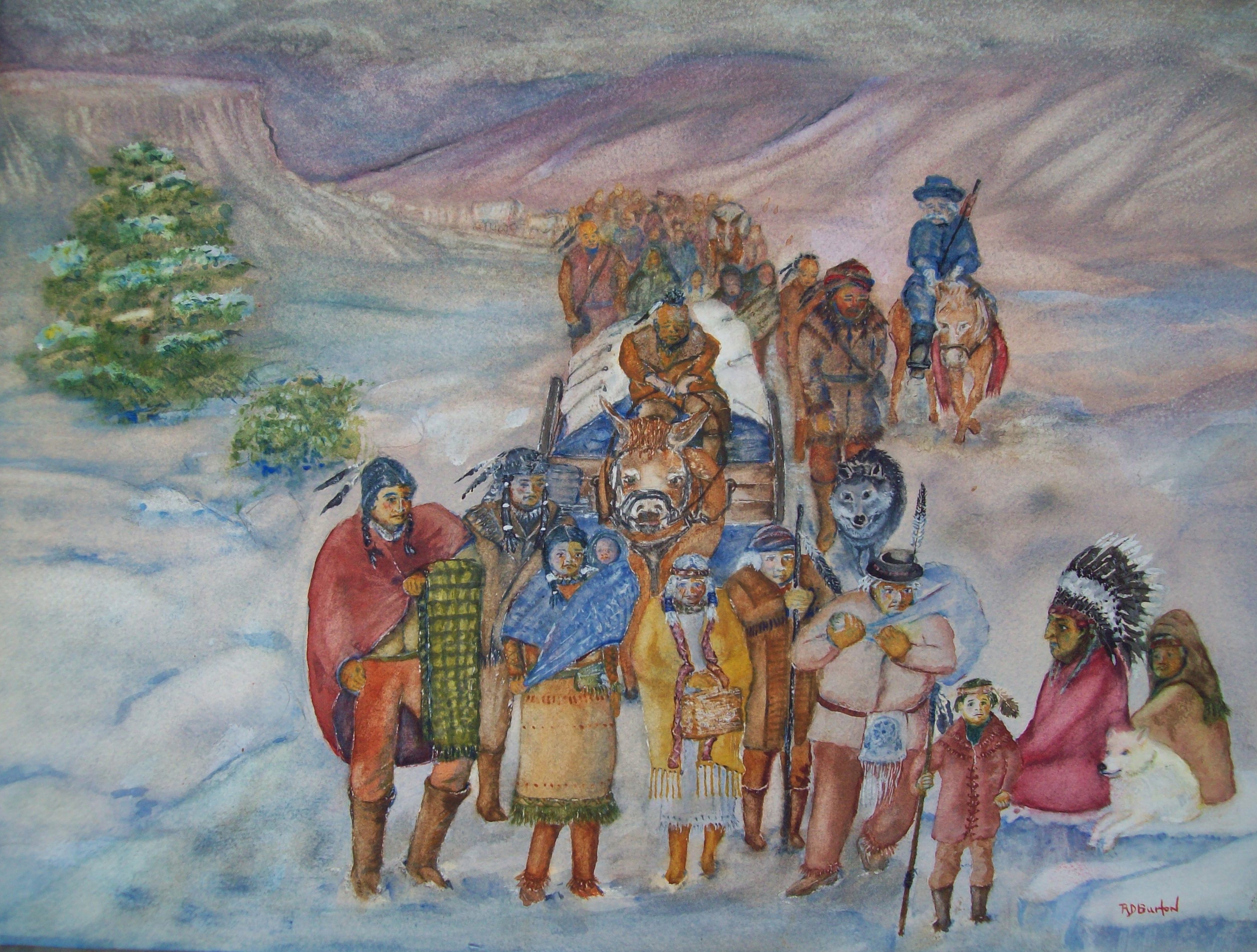
Trail of Tears Saga Anguished Spirit » Art Center Information
Buy on Amazon Rate this book Trails of Tears, Paths of Beauty Joseph Bruchac 4.12 17 ratings2 reviews Book by BRUCHAC, Joseph Genres Nonfiction 199 pages, Hardcover First published September 1, 1999 Book details & editions About the author Joseph Bruchac 253 books502 followers

Trail of Tears National Historic Trail TRAIL OVERVIEW Choctaw
The American Indian Removal policy of President Andrew Jackson was prompted by the desire of White settlers in the South to expand into lands belonging to five Indigenous tribes. After Jackson succeeded in pushing the Indian Removal Act through Congress in 1830, the U.S. government spent nearly 30 years forcing Indigenous peoples to move.
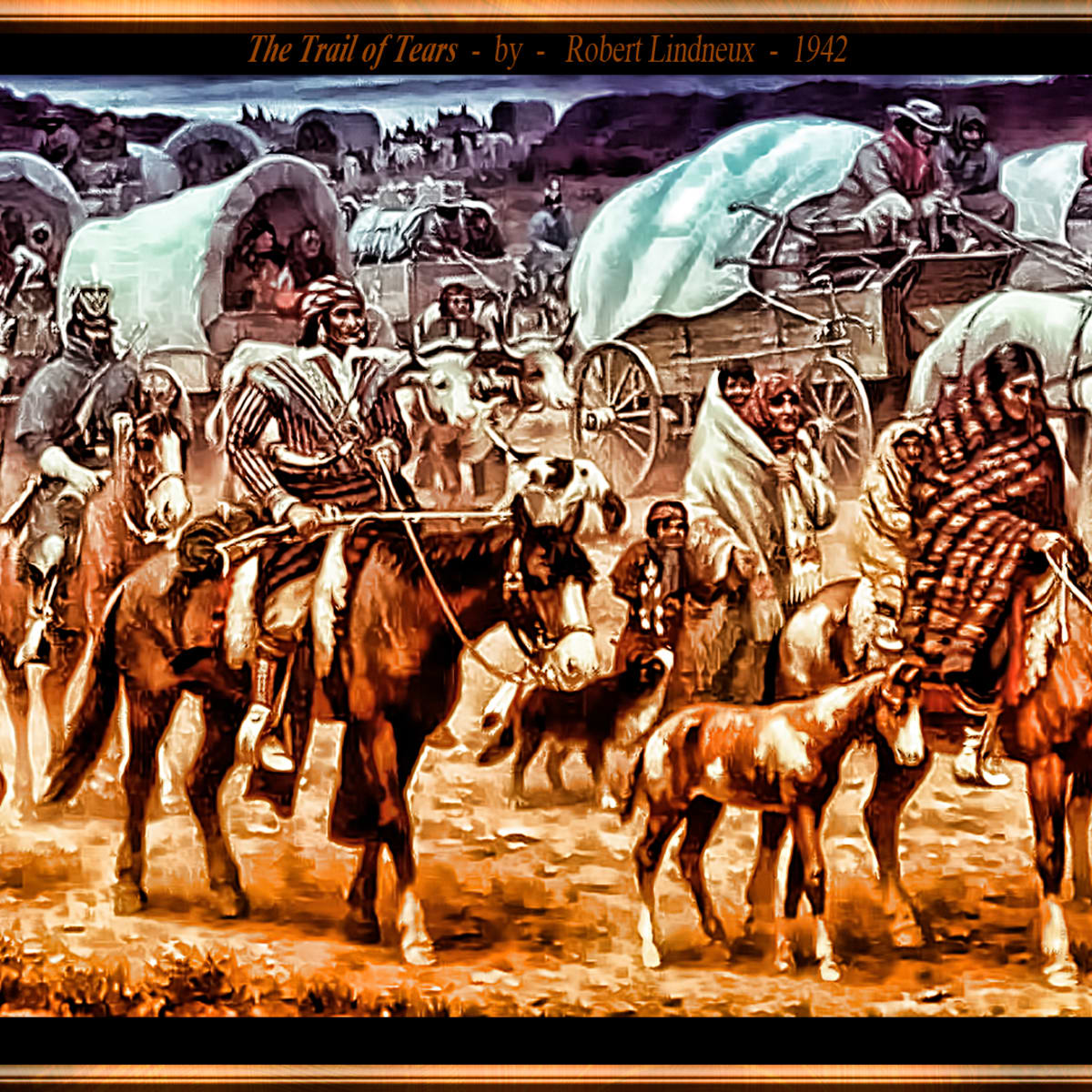
Trail of Tears Native American Facts Cool Kid Facts
9.1K 334K views 1 year ago #WeirdHistory #USHistory #TrailOfTears The Trail of Tears, the forced migration of Choctaw, Creek, Chickasaw, Cherokee, Seminole tribe members, and many others, from.

A trail of tears and a moment of joy ETangata
2. The States they Traversed. Photo by Wikimedia Commons - Wikimedia. The Trail passes through the present-day states of Alabama, Arkansas, Georgia, Illinois, Kentucky, Missouri, North Carolina, Oklahoma, and Tennessee. The walk was miserable and most of the Cherokee people died on the journey. 3.

Trail of Tears 36 Documentary Collection
The Trail of Tears: Cherokee Legacy. The Trail of Tears: Cherokee Legacy is a 2006 documentary by Rich-Heape Films. It presents the history of the forcible removal and relocation of Cherokee people from southeastern states of the United States to territories west of the Mississippi River, particularly to the Indian Territory in the future.